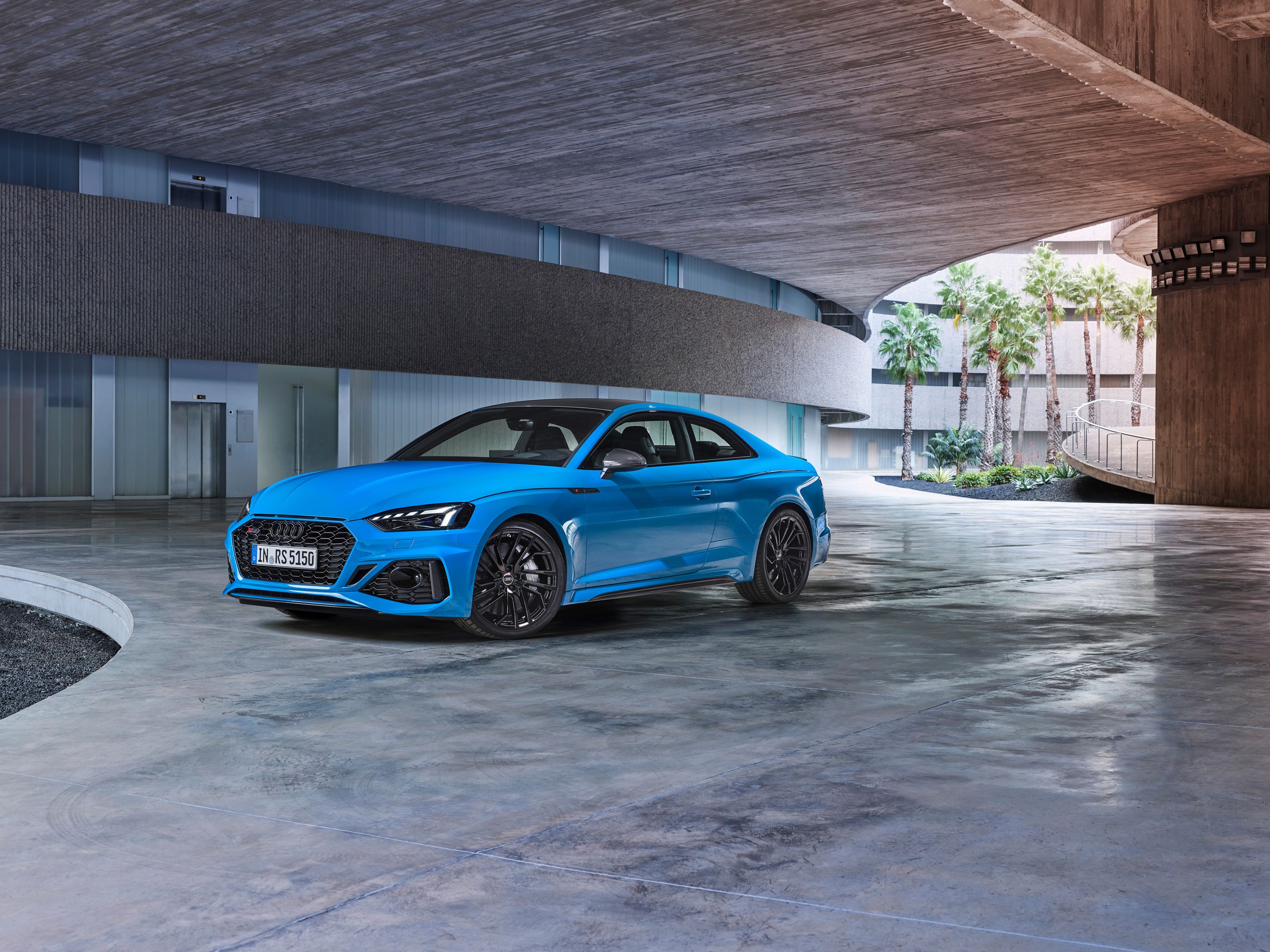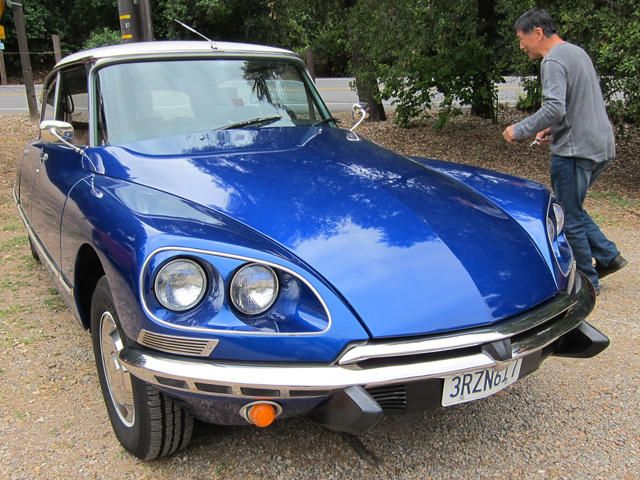
Most of the cars in this series have made the list as the result of having an unusual engine. Some of them have had a few other abnormalities, but cars are very expensive things to develop, and the people who build them tend to only want to take so many chances. With the DS, however, French automaker Citroen seemed to go out of its way to take as many chances as it could. And the result is what experts have deemed one of the most important cars of all time, and also one of the most beautiful.
Unveiled in 1955, the DS was Citroen's replacement for the Traction Avant, an unfortunately named prewar car which was nevertheless an important technological achievement. The DS was an even bigger leap forward, so much so Citroen was worried it wouldn't be able to properly follow the car up, and didn't attempt any more clean sheet designs until 1970. The car was styled by the Italian sculptor Flaminio Bertoni and the French aeronautical engineer Andre Lefebvre. It was unlike anything else the world had ever seen. It was unveiled at the 1955 Paris Motor Show, and 15 minutes later, Citroen had taken 743 orders for the car.
The orders would total 12,000 by the end of the first day, and Citroen would sell 1.5 million units of the car over its 20-year production run. This is obviously a much smaller number than the 8.7 million which Citroen sold of the 2CV, but considering how much more expensive the DS was, it sold amazingly well. Probably the biggest technological achievement on the DS was its hydraulic suspension. It was introduced at a time when 4-wheel independent suspension was still rare, so an elaborate system like this was positively groundbreaking. The suspension allowed for an amazingly smooth ride without any compromise in handling ability.
It was even height adjustable, and instead of a jack, the car just came with a bar. You would simply set the suspension to its full height, stick the bar under the corner with the wheel you wished to change and then drop the suspension back down. It was a real time saver, but obviously not the car's main selling point. Another area in which the car was actually unremarkable was the engine. French tax laws based on engine sizes dictated displacement for the engines offered for the DS, and these were all four-cylinders in the 100 horsepower range. Even though the DS was never a powerhouse, it was still a successful rally car, thanks again to its revolutionary suspension.
Hydraulics were also used in the semiautomatic transmission, with gears that were still shifted manually but with hydraulics eliminating the need for a clutch pedal. Another first was the car's directional headlights, which would swivel with the steering wheel to provide more useful illumination while cornering. This was a feature which had sort of appeared a few years before on the 1948 Tucker Torpedo, but this was only the middle light which swiveled and was useless for many buyers anyway, as laws in 17 states forbade a third headlight and required it be covered.
But more importantly, the Tucker light swiveled on 10 degrees, which wasn't altogether that useful, while the DS's lights could swivel 80 degrees. The car had the nickname "goddess", but this wasn't exactly an earned nickname. The letters D-S are pronounced the same in French as the word "deesee", the word for goddess. On a lesser car, this would have been laughed at, but with the DS, even the English-speaking picked up on the joke and adopted the nickname. There was even a 2000 Australian movie called "The Goddess of 1967" about a man buying a '67 DS. As lame as it is to give yourself a nickname, the world has forgiven Citroen for this one.
Replacing the DS would prove difficult for Citroen, but the car introduced in 1955 was starting to look quite dated by the Seventies and it was obvious that something would need to be done. Two different models would sort of fill in for the DS, the SM and the CX, but neither were exactly the same sort of thing. Citroen was in the process of going under at the time anyway, and it wasn't until it was taken over by Peugeot that it would recover. But the legacy of the DS was secure. It came in third in the 1999 Car of the Century awards, and was named the most beautiful car of all time by Classic & Sports Car magazine in 2009. It remains one of the most enduringly iconic cars ever.

